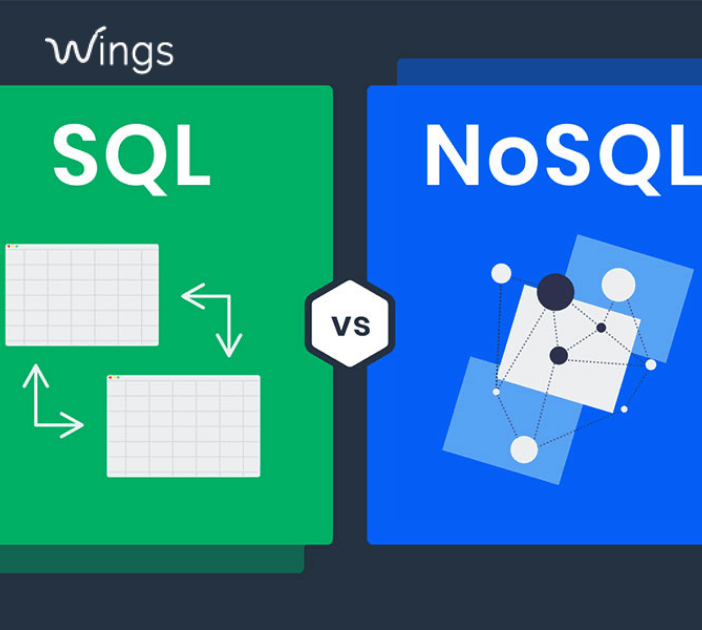SQL vs. NoSQL – What’s the Best Option for your Database?

Databases are evolving. As the market is flooded with many types of databases and this creates a dilemma for architects to choose one that gratifies the project’s requirement. The ‘One size fits for all’ approach is no longer applicable. Developers need to judge the relevance and applicability before adopting any of the databases.
But as the emphasis on big data grew, developers started to shift their focus from the structured to unstructured approach. The different databases i.e traditional SQL with modern NoSQL are scrutinized below to understand when to implement them.
Let’s spill the bean!
What is SQL?
SQL stands for Structured Query Language. SQL lets you access and manipulates the database. It’s an ANSI (American National Standards Institute) standard. A query language is a kind of programming language that’s designed to facilitate retrieving specific information from databases, and that’s exactly what SQL does.
Advantages of SQL:
- Faster Query Processing
- No Coding Skills
- Standardized Language
- Emergence of ORDBMS
- Portable
Disadvantages of SQL :
- Complex Interface
- Partial Control
- Expense
What is NoSQL?
NoSQL stands for Not Only SQL. The term NoSQL was first coined by Carlo Strozzi in 1998 to name his lightweight, open-source, non-relational database that did not expose the standard SQL interface. Then the term was reintroduced by Eric Evans in early 2009. They are widely popular today owing to their ability to scale out or scale horizontally and adeptness at dealing with a rich variety of structured, semi-structured, and unstructured data.
Advantages of NoSQL:
- Elastic scalability
- Cheap, easy to implement
- Doesn’t required pre-defined schema
- Replication
- Easy to distribute
Disadvantages of NoSQL:
- Less Community Support
- Standardization
- Interfaces and Interoperability
SQL Vs NoSQL: Which one to choose?
Key |
SQL |
NoSQL |
| Database | Relational database | Non-relational, distributed database |
| Model | Relational model | Model-less approach |
| Scheme | Pre-defined Schema | Dynamic schema for unstructured data |
| Based | Table based databases | Document-based or graphed or wide column store or key-value pairs databases |
| Scalable | Vertically scalable | Horizontally scalable |
| Usage | Uses SQL | Uses UnSQL (Unstructured Query Language) |
| Datasets | Not preferred for large datasets | Largely preferred for large datasets |
| Hierarchical data | Not best fit for hierarchical data | Best fit for hierarchical data |
| Follows | Emphasis on ACID properties | Follows Brewer’s CAP theorem |
| Community | Excellent support from vendors | Relies heavily on company support |
| Supports | Supports complex querying and data-keeping needs | Doesn’t have good support for complex querying |
| Consistency | Can be configured for strong consistency | Few support strong consistency |
| Examples | Oracle,DB2, MySQL, MS SQL, PostgreSQL,etc | MongoDB, HBase, Cassandra, Redis, Neo4j, CouchDB, Couchbase, Raik, etc. |
Conclusion
There are plenty of decisions to be made when thinking about your cloud data storage. One of the most important decisions is whether to go with a SQL or NoSQL database as your primary database and whether you may need both to meet your needs. We hope this blog helps clear the air on what you need to think about when selecting your database, and the options that are available to you. If you are looking for any services that match your requirements then just drop a line and we will be back within 24hrs.

















